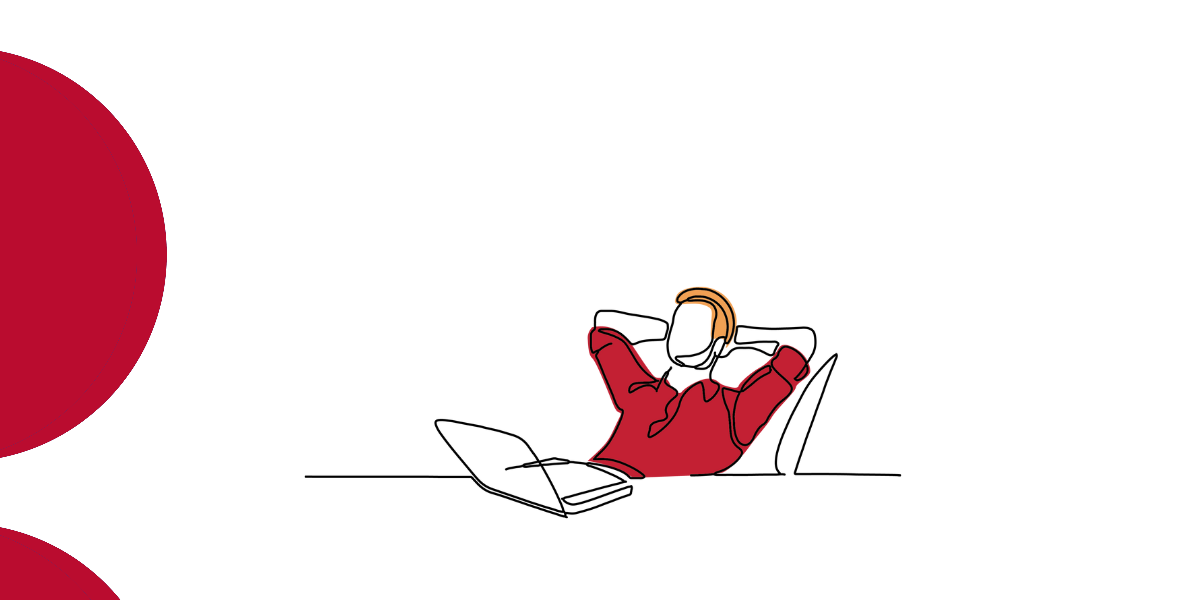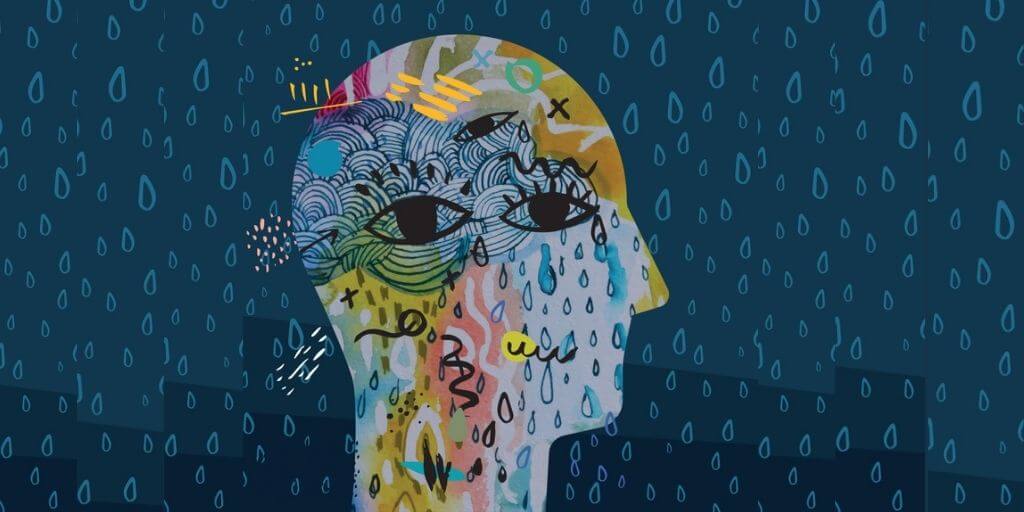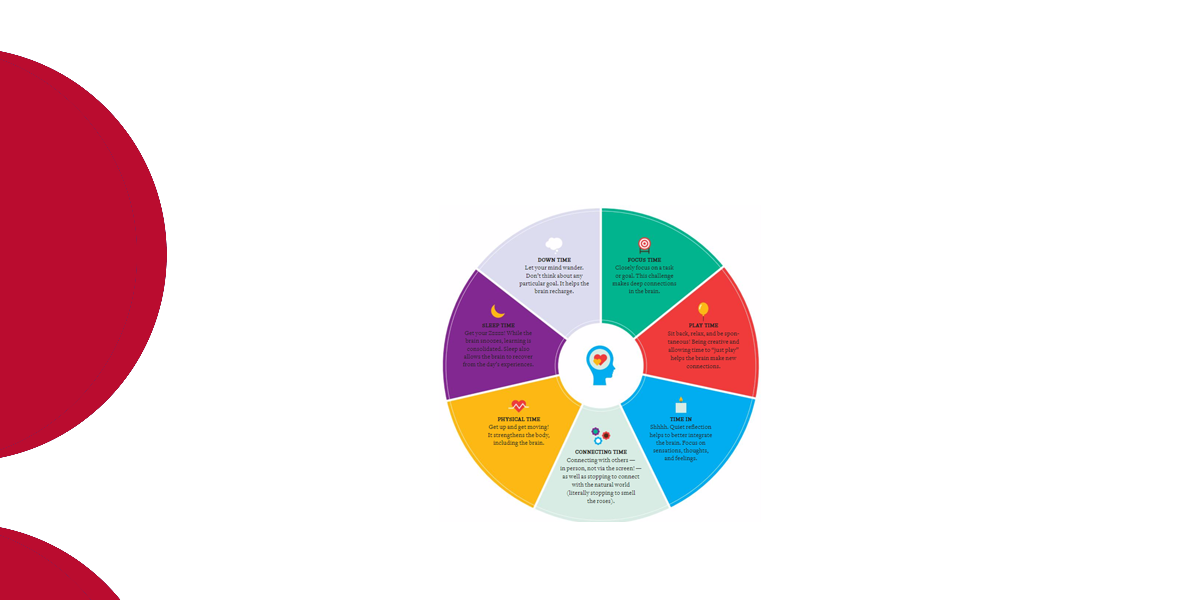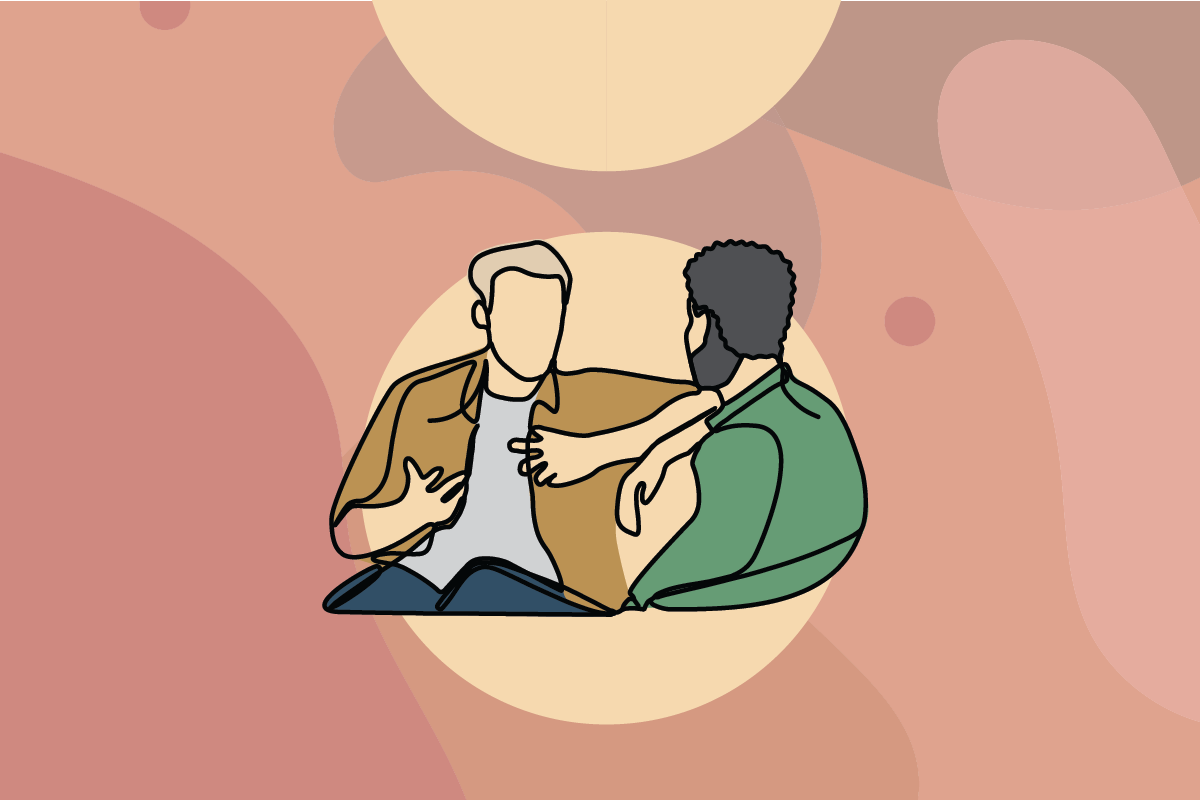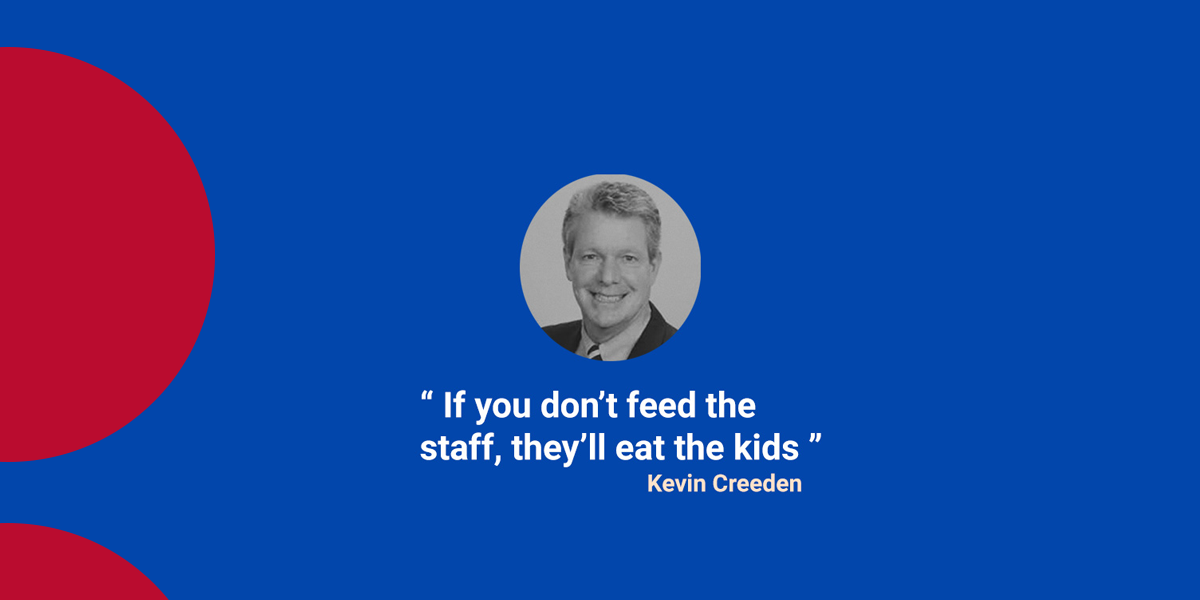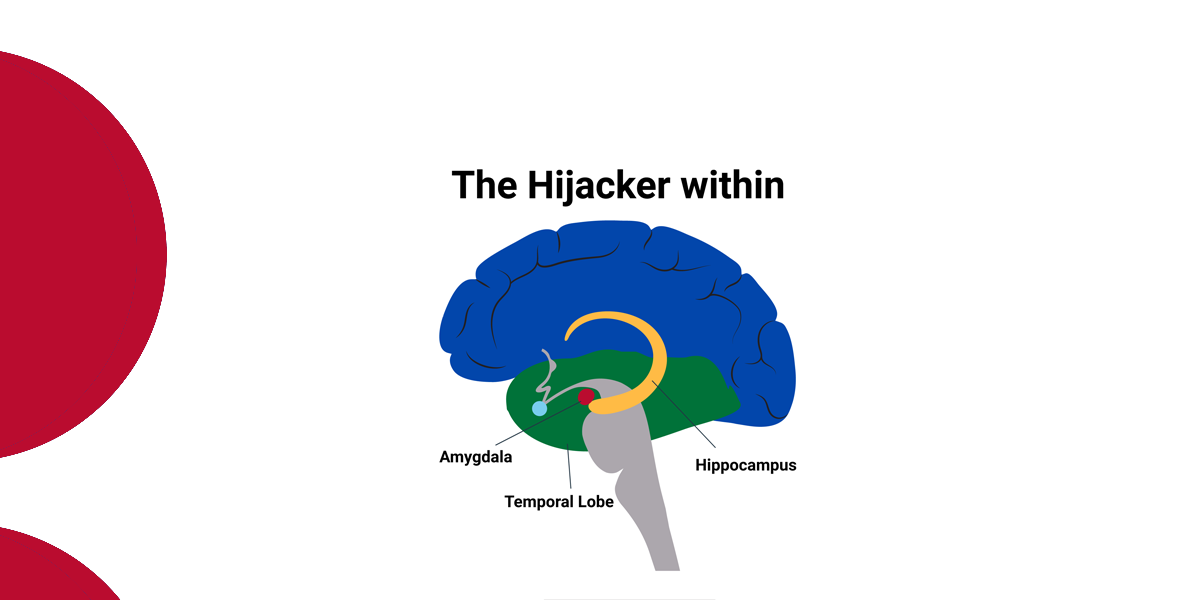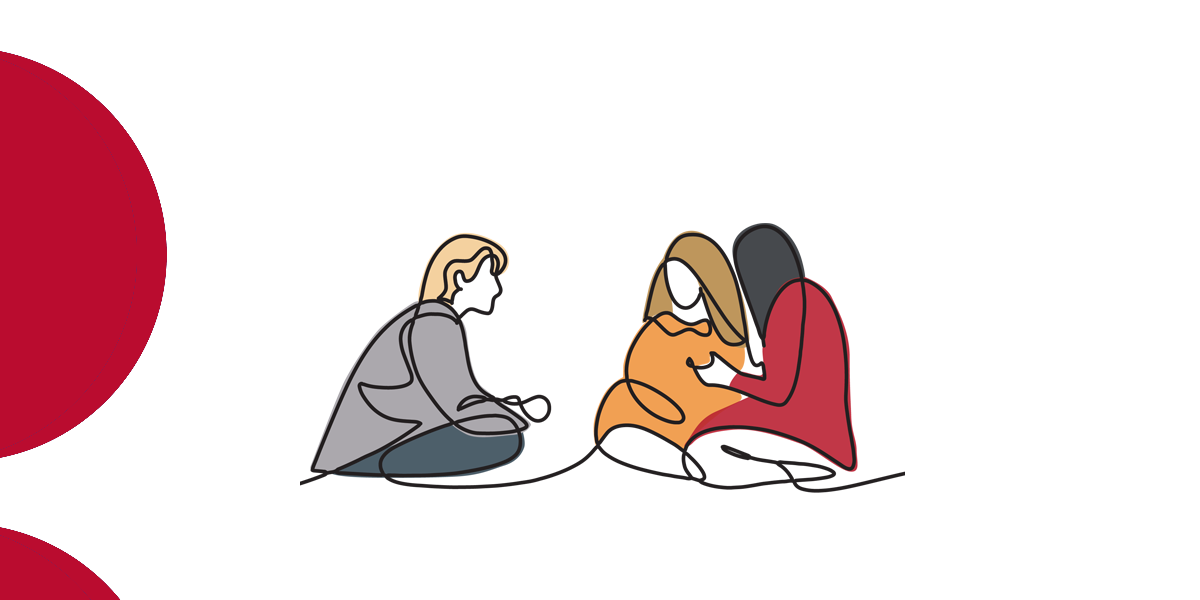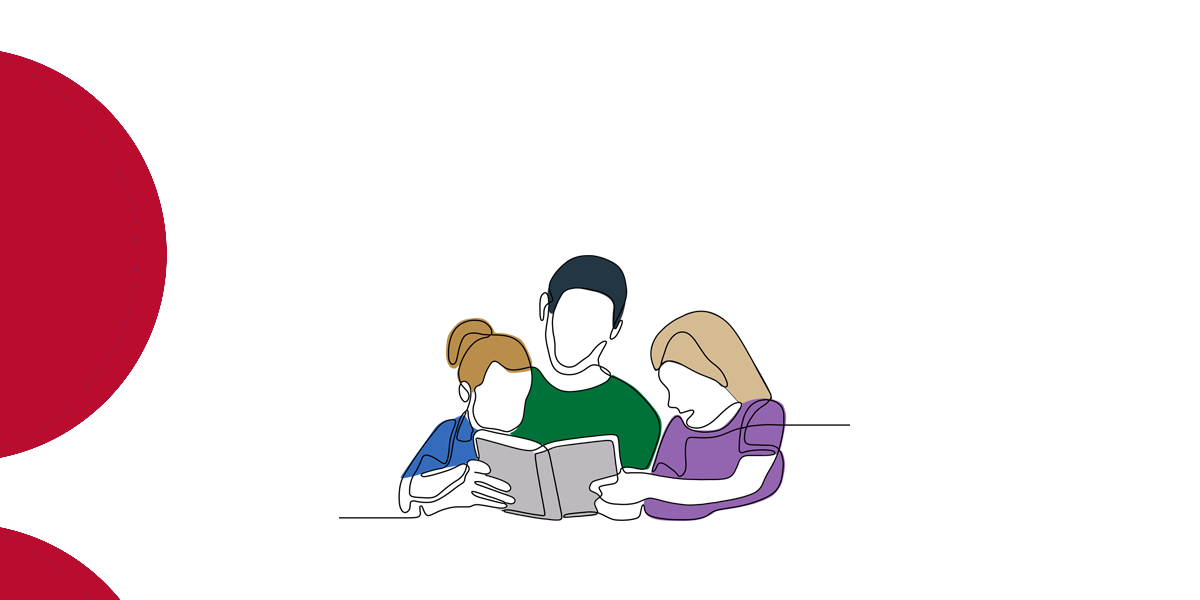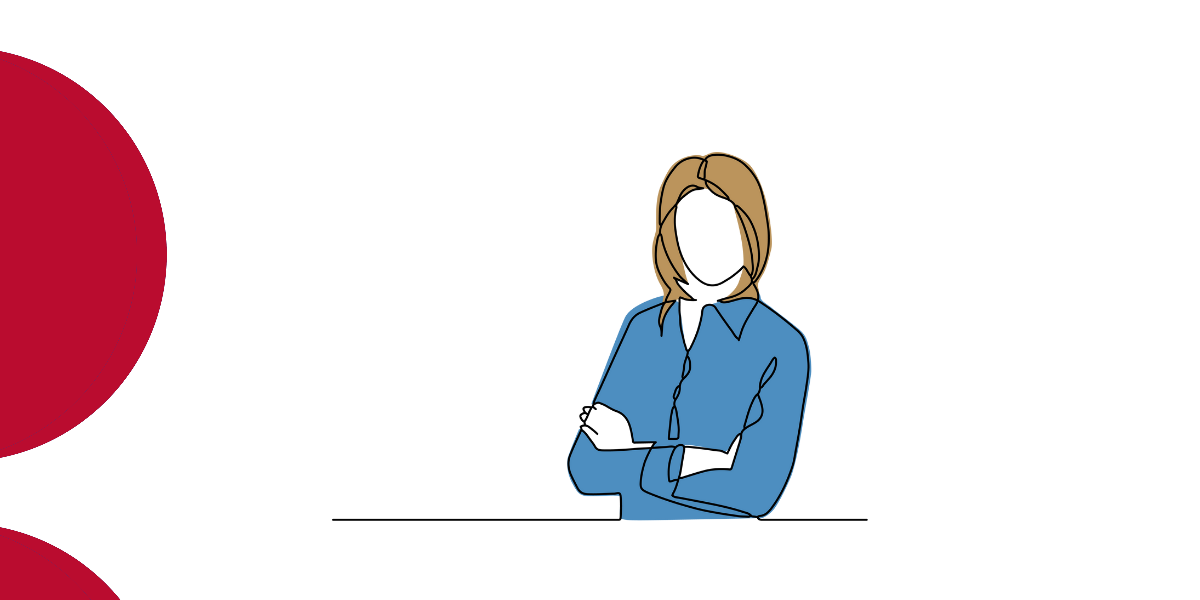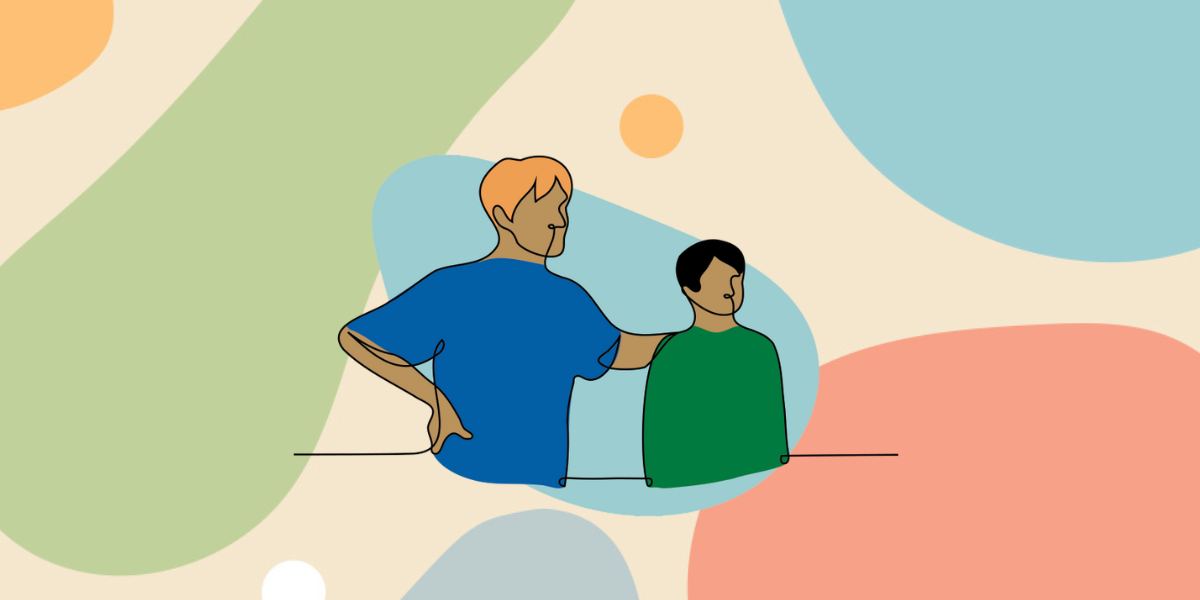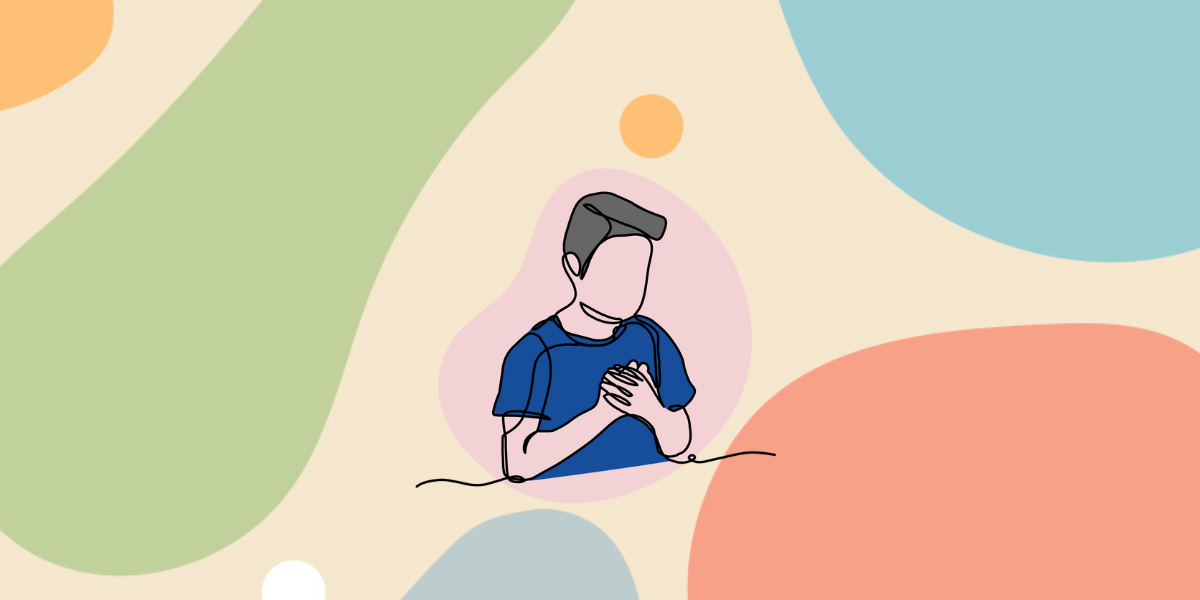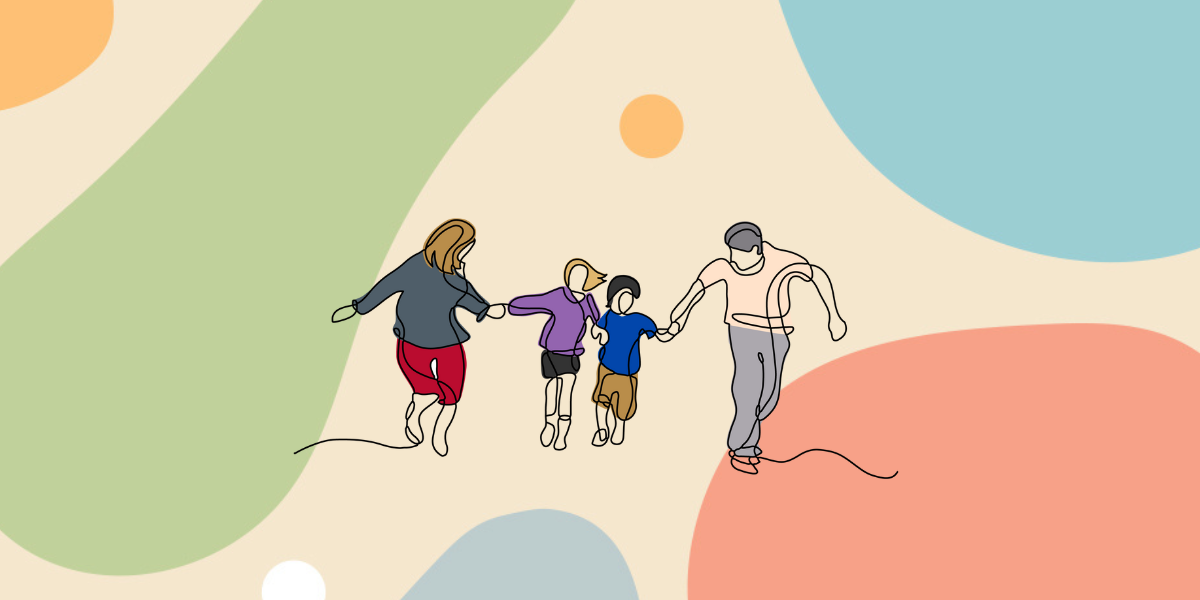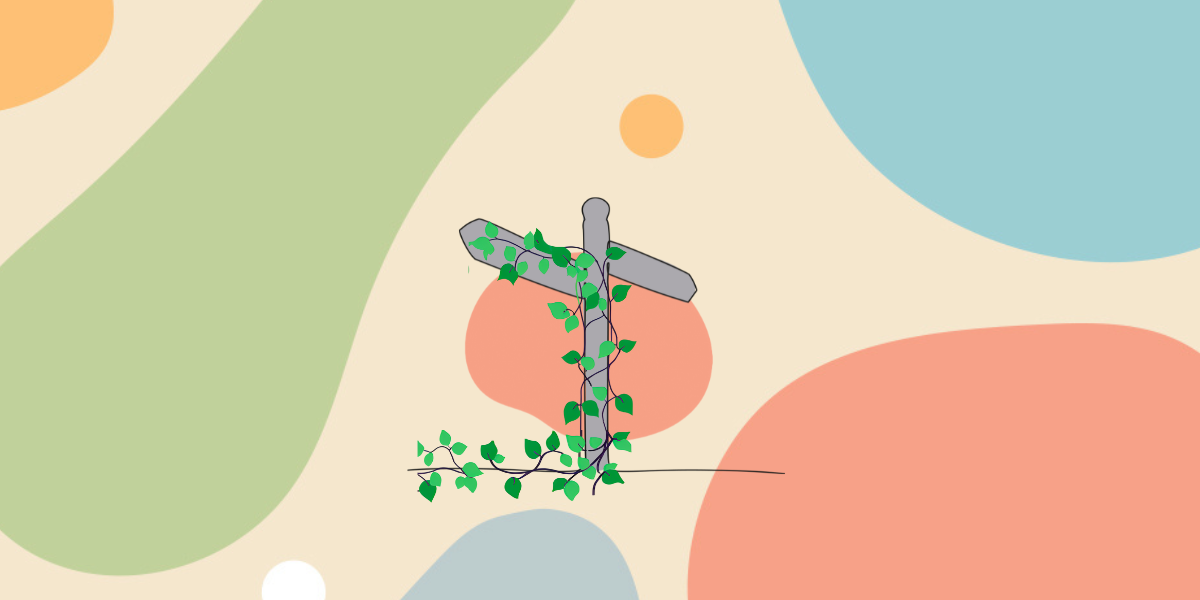Using mindfulness to support the wellbeing of out-of-home care staff
Jan 2023
Written by Noel Macnamara
Working in out-of-home care means being busy. We often have more work than we can reasonably manage. It’s also difficult to help others when there’s so much emotion and chaos in our average day.
We all hear that we must prioritise our wellness and mental health, but what does this actually mean? How do you practice “self-care” when it feels like one more exhausting task on your to-do list? And when it’s so much easier to just put it off until later and start watching your favourite Netflix series instead…
If you’re feeling stressed, overwhelmed, lacking in compassion, or burnt out, practicing mindfulness during your day, especially in the workplace, could be the answer. By focusing your attention on the present moment, you can learn to move through your days with more peace and free up time for what matters to you.
In this blog, we will cover the basics of mindfulness in the workplace, and how you can begin to make mindfulness a part of your daily life.
What is Mindfulness?
Mindfulness is the basic human ability to be fully present, aware of where we are and what we’re doing, and not overly reactive or overwhelmed by what’s going on around us. While mindfulness is something we all naturally possess, it’s more readily available to us when we practice on a daily basis.
Mindfulness is typically defined as the act of being present in each moment. Jon Kabat-Zinn, who is credited with kick-starting the mindfulness movement in the West, describes it this way:
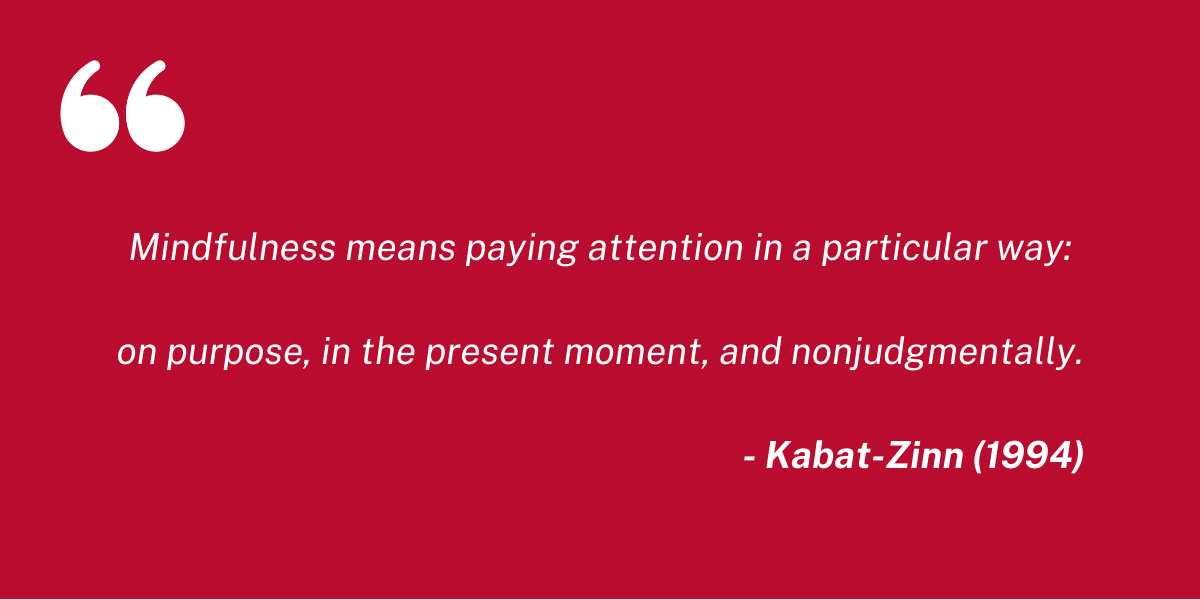
Mindfulness means being aware of what’s happening now and staying there with an attitude of acceptance. This practice of cultivating awareness enables people to become more familiar with their ways of being, their thought processes and habits, how they experience and react to emotions and physical sensations, and how these influence their behaviour and daily lives.
The premise is that by developing insight into these areas, people can experience potentially transformative changes; seeing how habitual thought/emotion patterns contribute to upsetting experiences provides the opportunity to think, respond, and behave differently.
Mindfulness is also usually linked to ideas of compassion and kindness, with practices implicitly or explicitly intended to increase compassion for self and others (Kabat-Zinn, 1994).
The Benefits of Mindfulness
According to Kabat-Zinn, practicing mindfulness can bring improvement in both physical and psychological symptoms as well as changes in health attitudes and behaviours.
Mindfulness promotes health and psycho-social well-being in the following ways:
- Practicing mindfulness gives support to many attitudes that contribute to a satisfied life.
- Being mindful makes it easier to favour the pleasures in life as they occur. It helps one to become fully engaged in activities and creates a greater capacity to deal with adverse events.
- By focusing on the here and now, many people who practice mindfulness find that they are less likely to get caught up in worries about the future or regrets over the past.
- Those who practice mindfulness are less pre-occupied with concerns about success and self-esteem and are better able to form deep connection with others.
- Mindfulness techniques help to improve physical health by relieving stress, treating heart disease, lowering blood pressure, reducing chronic pain, improving sleep, and alleviating gastro-intestinal difficulties. With these and other benefits, the physical health of individuals becomes greatly improved.
- Mindfulness helps to enhance or improve mental health by reducing anxiety disorders, depressions, eating disorders, obsessive-compulsive disorder, and substance abuse.
- Regular sessions decrease anxiety, stress, depression, exhaustion, and irritability. They also improve memory and reaction time, increasing mental and physical stamina.
- Mindfulness can dramatically reduce pain and emotional reactions to pain.

Incorporating mindfulness into your day
With all this in mind, how can we incorporate mindfulness into our work and our care of children?
Here are three simple things you can start doing today:
- Make time for yourself
Be sure to take regular breaks during your day to develop your self-care practice. Use mindfulness activities such as deep breathing, stretching, and meditation to check in with yourself and respond to your own needs. - Develop your mindfulness practice for you
Whether it’s yoga, tai chi, or walking meditations, everybody is different in what works for them. Experiment with different mindfulness practices to find one that works for you and commit to making it a simple step as part of your regular routine. Your mindfulness practice doesn’t have to be a huge commitment – start by giving yourself 5 minutes a day, and go from there. - Connect with your environment
It’s important to take a break from your screens and your work to connect to nature. Mindfully take in the sights, sounds, and smells of your environment to help you stay in the present moment and touch base with your true self.
A mindfulness practice is one of the best ways to manage our time and attention. If you are interested in learning how to cultivate your own mindfulness practice, please join Jacqui Jones & Noel Macnamara for a 2-hr workshop on the 8th of February 2023.
References
Kabat-Zinn, J. (1994). Wherever you go, there you are: Mindfulness meditation in everyday life. New York: Hyperion.

